Style is a complex interplay between fashion, culture, and personal expression. While trends and seasonal fashions may change rapidly, style is ultimately a deeply personal reflection of identity, values, and life experiences. It is influenced not only by individual taste but also by cultural heritage, historical context, and social environment. This intersection allows women to craft a look that is simultaneously contemporary, meaningful, and unique.
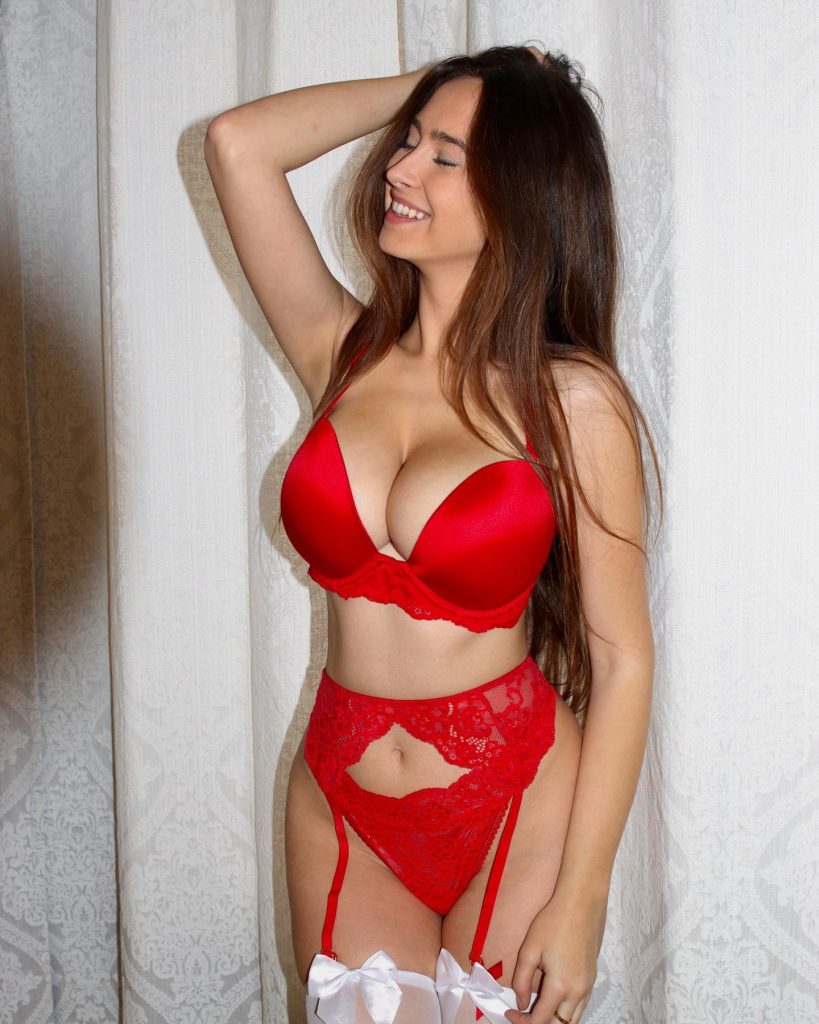


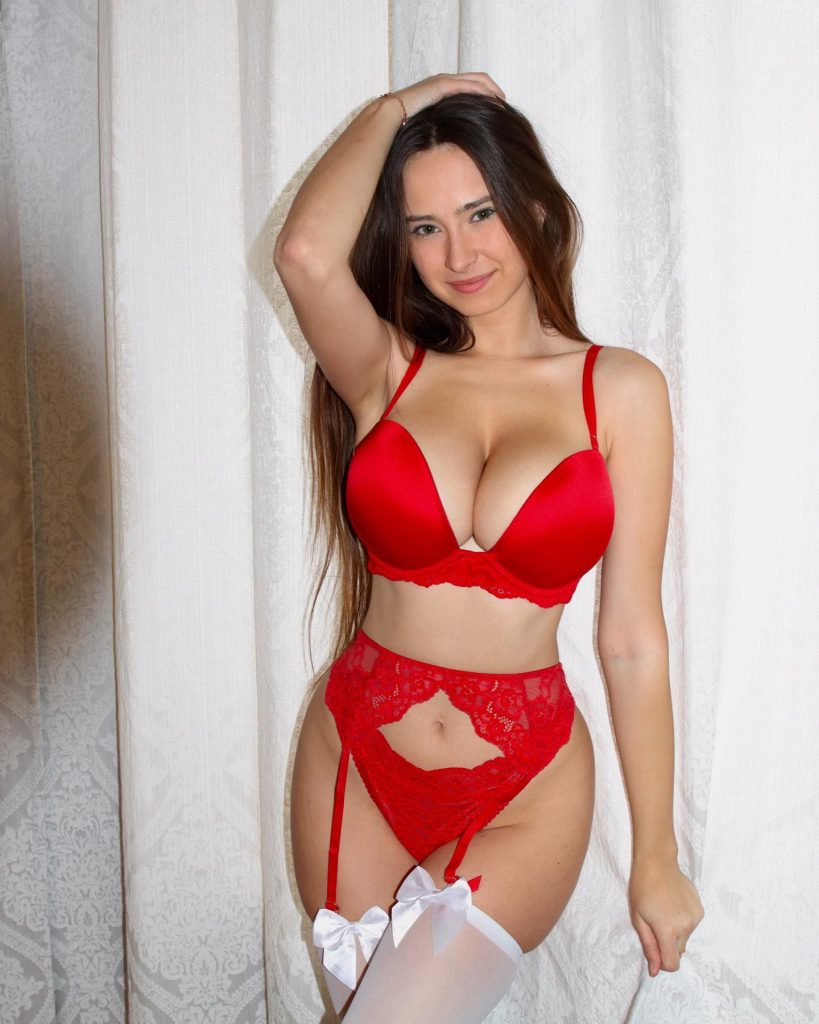
Cultural heritage plays a significant role in shaping style. Folk-inspired garments, ethnic patterns, and handcrafted details reflect respect for traditions and ancestral roots. Incorporating such elements into everyday wear allows women to celebrate their identity while preserving cultural memory. For instance, embroidered fabrics, artisanal jewelry, or traditional motifs can transform an outfit into a narrative of history and heritage. Even subtle touches, such as color symbolism or fabric choice, can convey cultural significance, connecting a woman to her community and ancestry.



At the same time, modern fashion trends provide opportunities for creativity and personal expression. Designers worldwide continuously introduce new silhouettes, textures, and combinations that challenge conventional norms. By thoughtfully integrating these contemporary elements, women can create looks that are stylish, current, and reflective of their individual personalities. Blending cultural influences with modern aesthetics results in a style that is rich, multidimensional, and deeply personal—a style that tells a story of both origin and evolution.



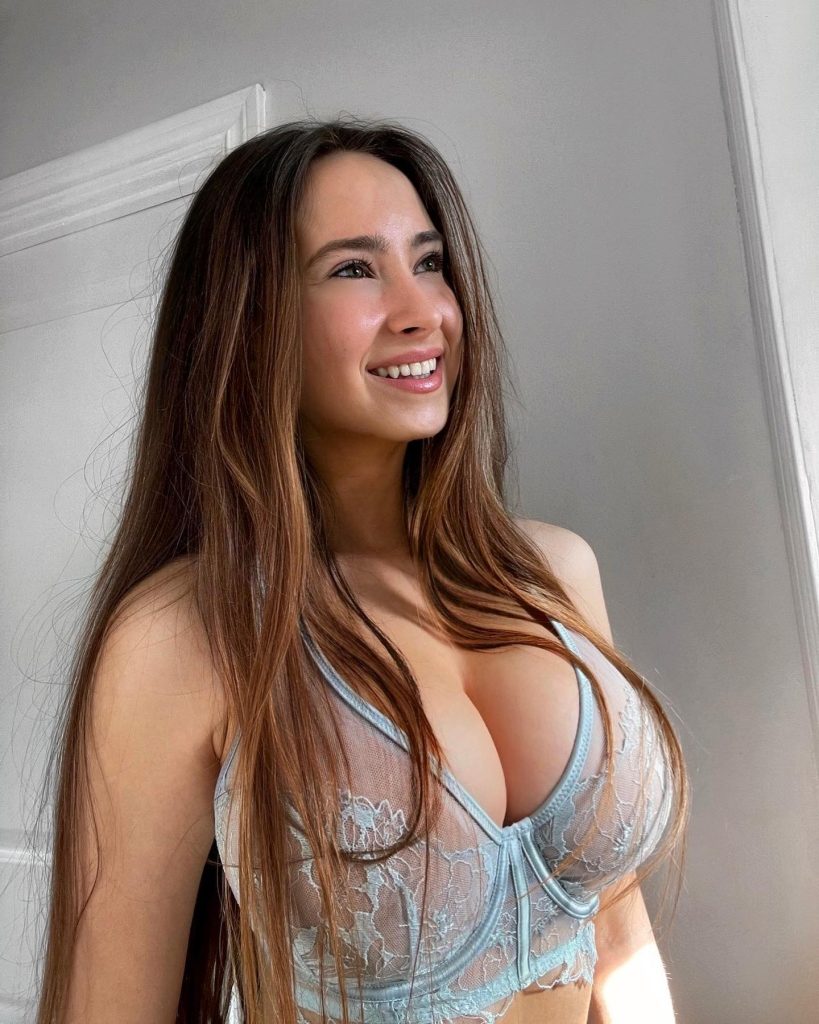
Style is also shaped by social environment and personal experiences. Travel, exposure to different cultures, and life milestones all influence how women interpret fashion and express themselves visually. A woman may adopt elements from global fashion trends, merge them with traditional motifs from her homeland, or experiment with innovative combinations that reflect her worldview. In doing so, her style becomes a living record of her journey, documenting her interactions, learning, and personal growth through appearance.
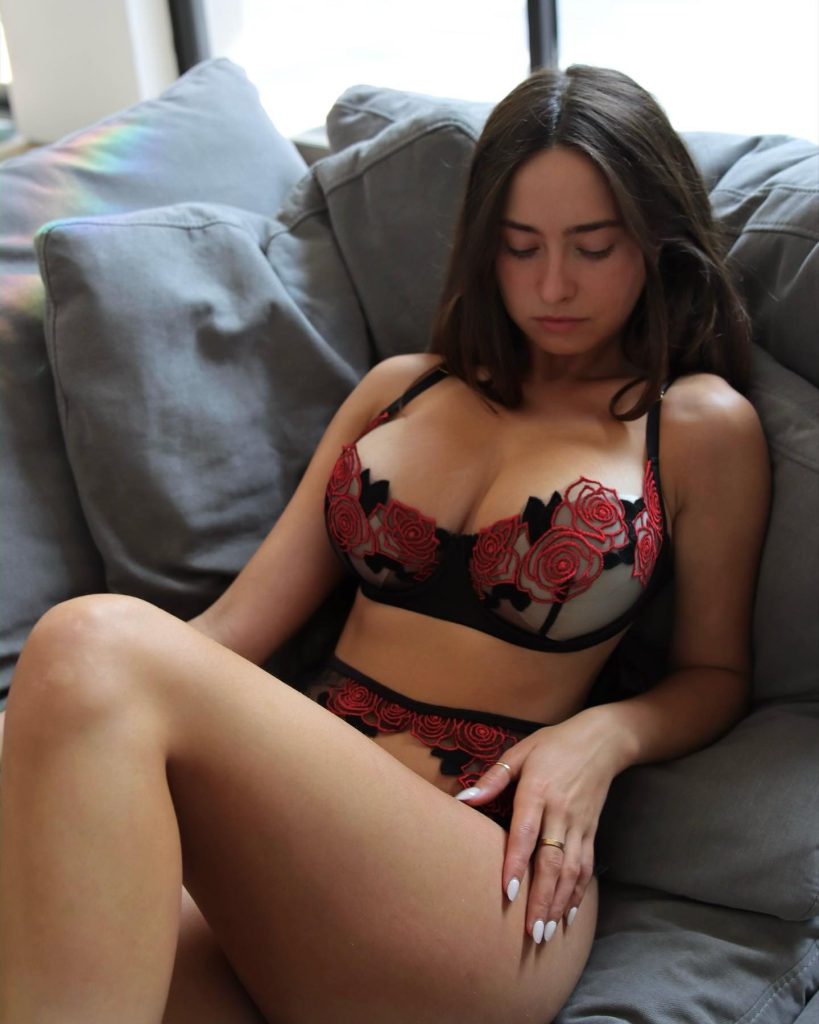


Importantly, style offers a bridge between past, present, and future. Historical fashion elements—whether Victorian-inspired silhouettes, 1970s patterns, or 1990s minimalism—can be reimagined to suit modern tastes. Women can honor the past while expressing contemporary sensibilities, creating a layered, timeless aesthetic. This approach allows style to evolve without losing its connection to identity and cultural memory, demonstrating that personal expression and heritage are not mutually exclusive.



Ultimately, style is more than clothing—it is a visual dialogue that communicates individuality, cultural appreciation, and personal growth. It enables women to express who they are, where they come from, and how they wish to be seen in the world. By balancing tradition, modernity, and personal taste, style becomes a form of storytelling, a reflection of life’s journey, and a celebration of identity in its richest, most authentic form.



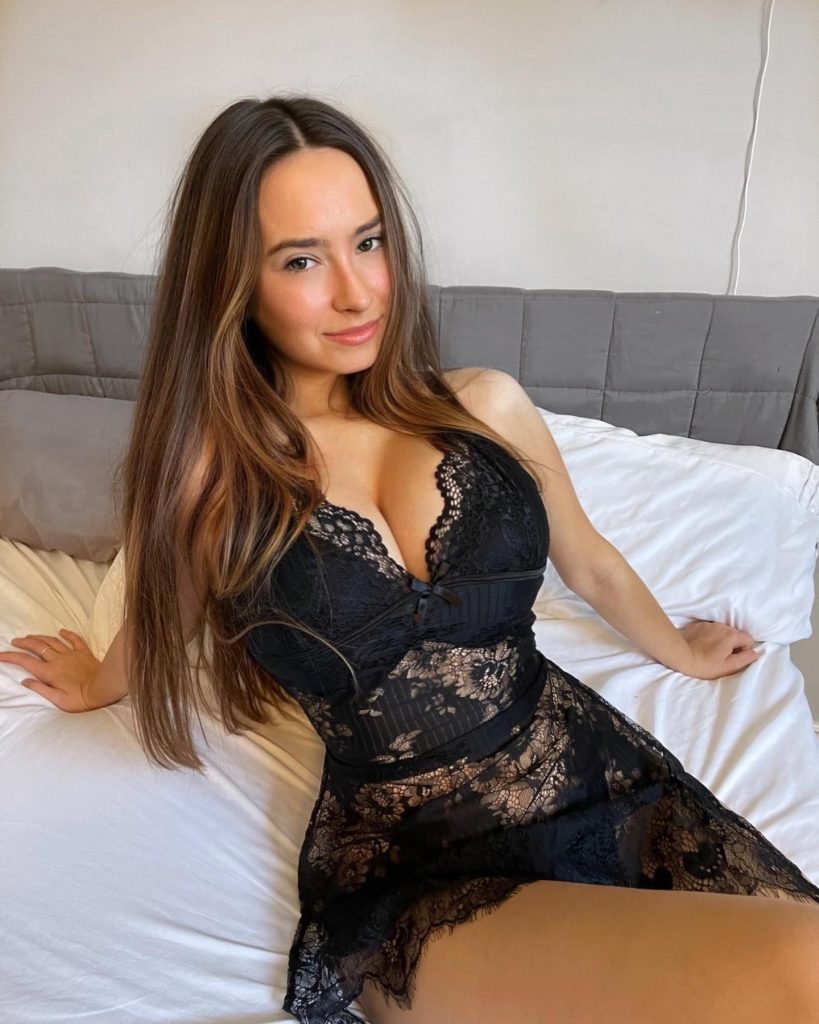
In conclusion, the intersection of fashion, culture, and style highlights the power of clothing as a medium for expression and connection. Fashion may provide the tools, trends, and inspiration, but true style is rooted in personal meaning, cultural awareness, and the creative ability to weave all elements into a cohesive and expressive whole. It is through this dynamic interplay that women transform clothing into art, identity, and lasting personal legacy.